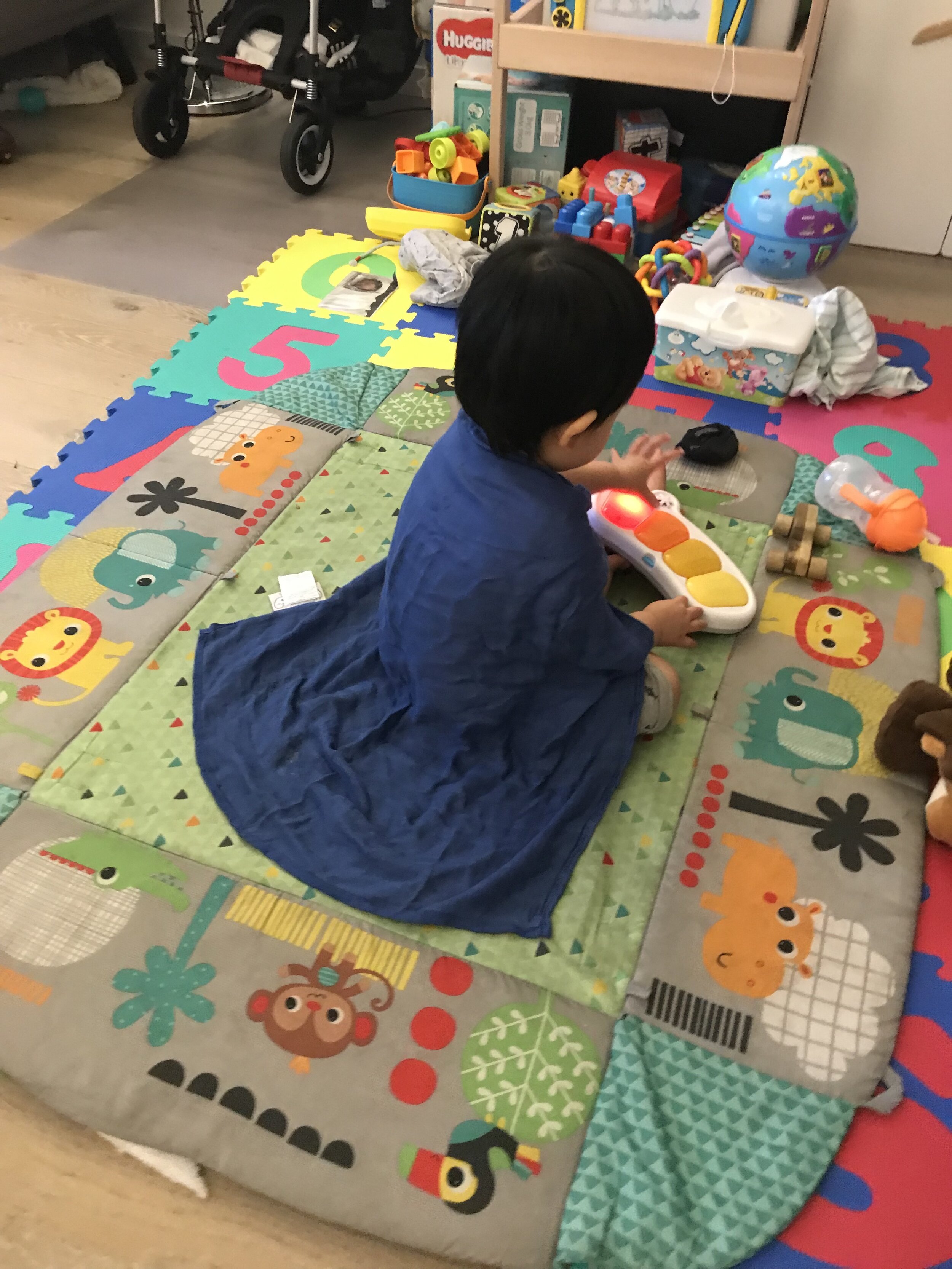Retail Therapy
One of my weaknesses (among a long list) is shopping and buying stuff.
Most of us are fortunate enough to have all the necessities we’ll ever need. I for one definitely don’t need most of the stuff I buy.
But I generally work pretty hard, so I feel the need to occasionally treat myself with a bit of a spending splurge.
No need to get into details here, but a while back, I knew this habit was a problem.
Money In, Money Out
Firstly, it’s healthy to understand how money flows in the household - the channels through which money flows in, and the many avenues it flows out. We have control over both, but money flowing out is arguably more within our direct control.
In other words, simply reducing your spending can be much easier than finding ways to make more money.
I’ve been tracking my spending over a decade, and ranking as the highest non-essential expenditure is clothing.
So at the start of 2020, I set out to create a solution to the problem.
MVP Purchasing Decision Checklist
Starting small, the first version of the solution boiled down all the decision-making factors into a simple consistent checklist using a simple light-weight Google Sheets table. (I briefly touched on this a couple of years ago.)
How It Works
Every time I have something rather expensive I want to buy, I run it past the checklist, which is based on 5 criteria:
⏳ Longevity & durability: Do I see myself using the item on a regular basis, and still use it in 3 years' time?
🧩 Versatility: For clothing, can I match the item with several other items and do I feel good wearing it?
⭐ Uniqueness: Is this item different enough from an item that I’m perfectly happy with already?
💖 Excitement: Do I truly feel excited about the item?
💵 Value retention: For expensive items, is there a decent resale value in the future?
If the item doesn’t tick at least 4 out of 5 of the criteria, I drop it and never think of it again.
If it does, hello debit card!
Limitations
The 5 criteria helps organise and structure thoughts and feelings about the item, but it’s certainly still very subjective. After all, we’re dealing here with emotional, non-essential items that don’t have an urgent function.
Also, time helps normalise what could be fleeting moments of excitement. So after a week, I run through the checklist again for the same item, and this potententially results in a return.
Checklist v2.0 on Notion
The checklist’s been working well for the past few years, and I’ve been able to curb my spending considerably.
So recently, I decided to transpose and uplift it to a proper platform - I chose Notion - and share it with others facing the same problem.
I recently launched it using Gumroad, and you can find the Purchasing Decision Checklist here.
It’s a quick little Notion template that can be easily copied. Hopefully it can help you as much as it’s helped me.


















